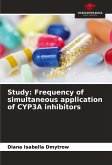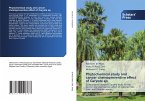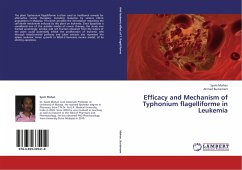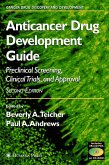As cancer is the second leading cause of death worldwide, it becomes clear that efforts on finding new antineoplastic agents is a priority in today's world. New synthetic agents with possibly fewer side effects are now being sought after more than ever. The rate-limiting enzyme ribonucleotide reductase (RR) is responsible for the de novo synthesis of deoxyribonucleotides (dNTPs). It is found in all growing cells and is especially upregulated in malignant tissues, since these have an amplified need of deoxyribonucleoside triphosphates. Therefore RR is considered an exceptional target for cancer chemotherapy. In this work, a novel group of thiosemicarbazones (VG-series) was investigated for their anticancer activity in the human HL-60 promyelocytic leukemia cell line. VG-22, the most promising compound out of the series, was designed on the basis of the best QSAR model and reviewed in depth for its cytotoxicity. It was tested on its ability to inhibit RR activity, thus arresting DNA replication, its ability to induce apoptosis and its capability to cause general cell growth arrest.
Bitte wählen Sie Ihr Anliegen aus.
Rechnungen
Retourenschein anfordern
Bestellstatus
Storno








